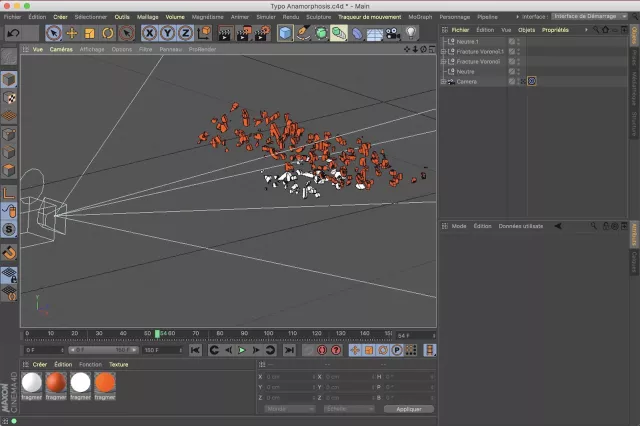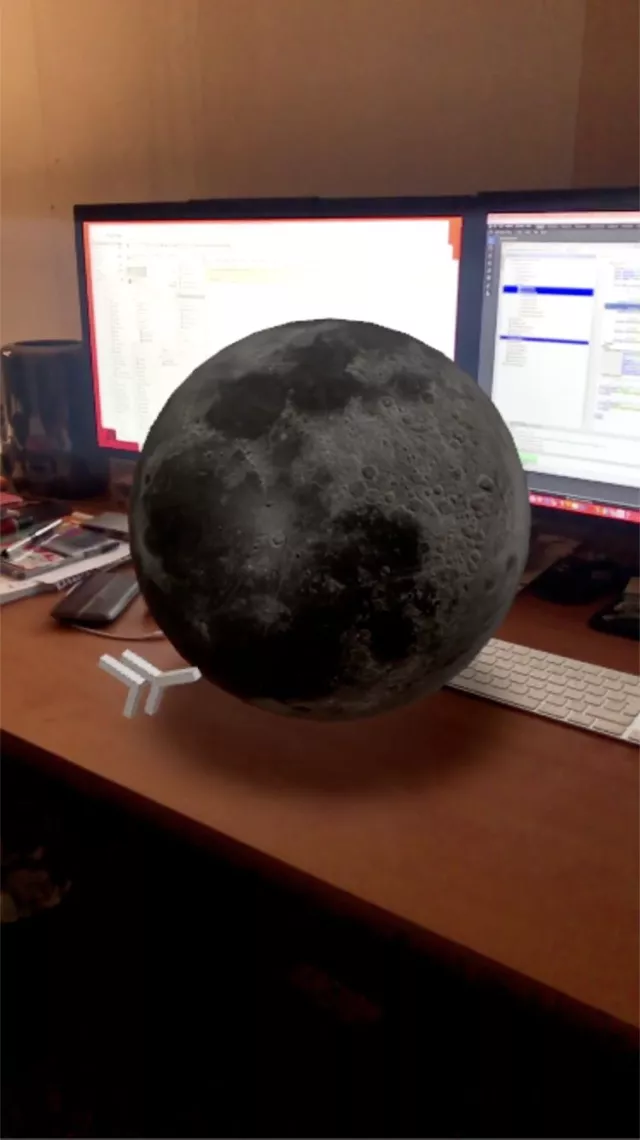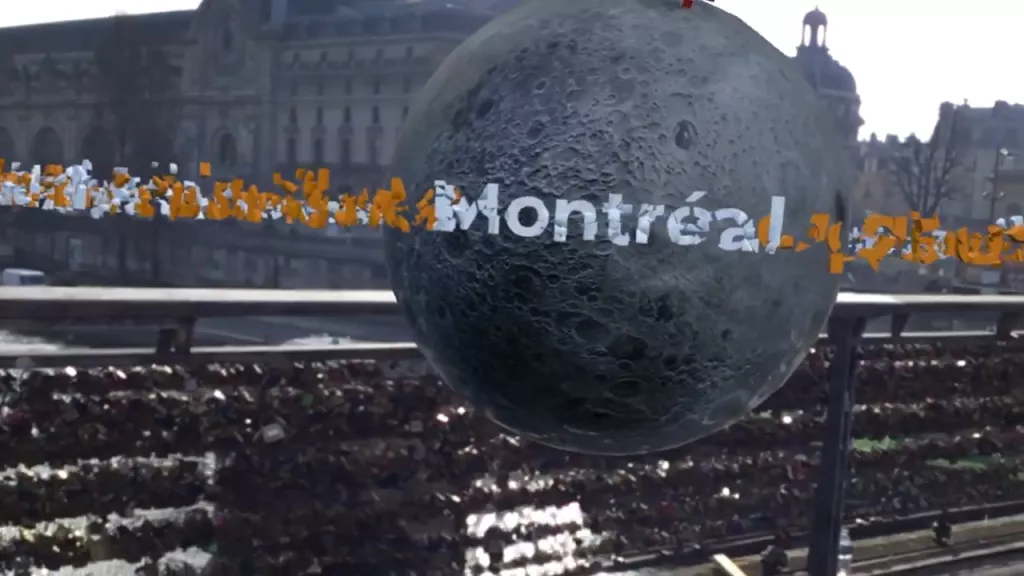2020 Anamorphosis
January 01, 2020This year, to wish and share our wishes, the agency decided to explore and venture into augmented reality for the first time.
This new type of 3D experience is already part of the web ecosystem and has found its place in various communication contexts: utilitarian (Ikea, Sephora), medical (Brain Power, Holoanatomy), entertainment (Pokemon Go) or even event-based (Apollo's Moon Shot AR App, unshift).
Its strength and specificity lies in the superposition of the real and the virtual to offer increasingly realistic and immersive 3D experiences.
Realism was not our objective. We wanted to create a dreamlike experience, to take the moon as a central element and to work on an approach not often used in augmented reality: 3D Anamorphosis.
The idea is to combine these 2 concepts, the lunar discovery and the anamorphosis, in a 360° experience. The experience will consist in turning around the moon to discover its hidden face and to create around it a constellation of unstructured keywords that become readable when you position yourself in front of them, the anamorphic effect.
The challenges are multiple:
- Discovering augmented reality
- Creation of unstructured keywords in 3D
- Export from Blender
- Integration with the Google Model-viewer web component

Discovery of augmented reality
We quickly chose model-viewer (from Google) which is a web component that allows the rendering of interactive 3D models - optionally in Augmented Reality via Google's ARCore and its Scene Viewer component - and quite easy to use. Moreover, its compatibility is ensured on as many browsers and devices as possible.
The formats used by the model-viewer component are glTF and USDZ. The glTF is the binary file representation of 3D models saved in the GL transmission format (glTF). It is supported on the Android platform, while USDZ is its iOS counterpart, supported by Apple's ARKit.

Creation of unstructured keywords in 3D
We have been using C4D software for 3D modeling and animation for over 10 years. Creating these anamorphoses was a real challenge because if it is quite easy to reconstitute planar image anamorphoses, it was much more complicated to apply it to 3D meshes.
Moreover, we had a precise idea of the rendering we wanted. We had to write a script to automatically create these key words exploded into particles to create a ring around the moon, a bit like the rings of Saturn. The development of a specific plugin for this purpose is in progress for C4D.

Export from Blender
Blender seemed to be the most suitable software to export the 3D models in glTF format.
After an export from C4D to Blender in FBX format, allowing to keep the animations, we had to optimize the 3D model in terms of animations and materials to make them conform to the specificities of real time 3D rendering. The moon is a 3D model created by Gherald3D and bought on the turbosquid platform.

Integration with Model-viewer
Once the 3D model was integrated with Model-viewer, our augmented reality tests started on tablet and mobile, directly from the Chrome for Android and Safari for iOS browsers.
We found that some recent Android smartphones did not support AR, it depends on the phone models and their GPU. For iOS, it is since iOS 11 that iPhones and iPads support ARKit. The excellent AR integration with iOS 13 allows to have a quality experience on iPhone and iPad depending of course on the performance of the device.
For devices that do not support AR (primarily computers), the 3D model is still visible and the 3D experience remains interesting even if the discovery of keywords around the moon does not have the same flavor.
Conclusion
Our first project in augmented reality gave us a lot of ideas for using this technology for different projects. It allowed us to understand and master the 3D production and integration chain to offer our clients AR experiences in a wide variety of fields.
The example of the training sector, in which the agency has been active for 15 years, is particularly promising for augmented reality projects because of its educational and participative capacities.
It's a safe bet that in the near future, all players in all sectors will propose ambitious and immersive projects.
It's up to creative people to take up this exciting subject!





